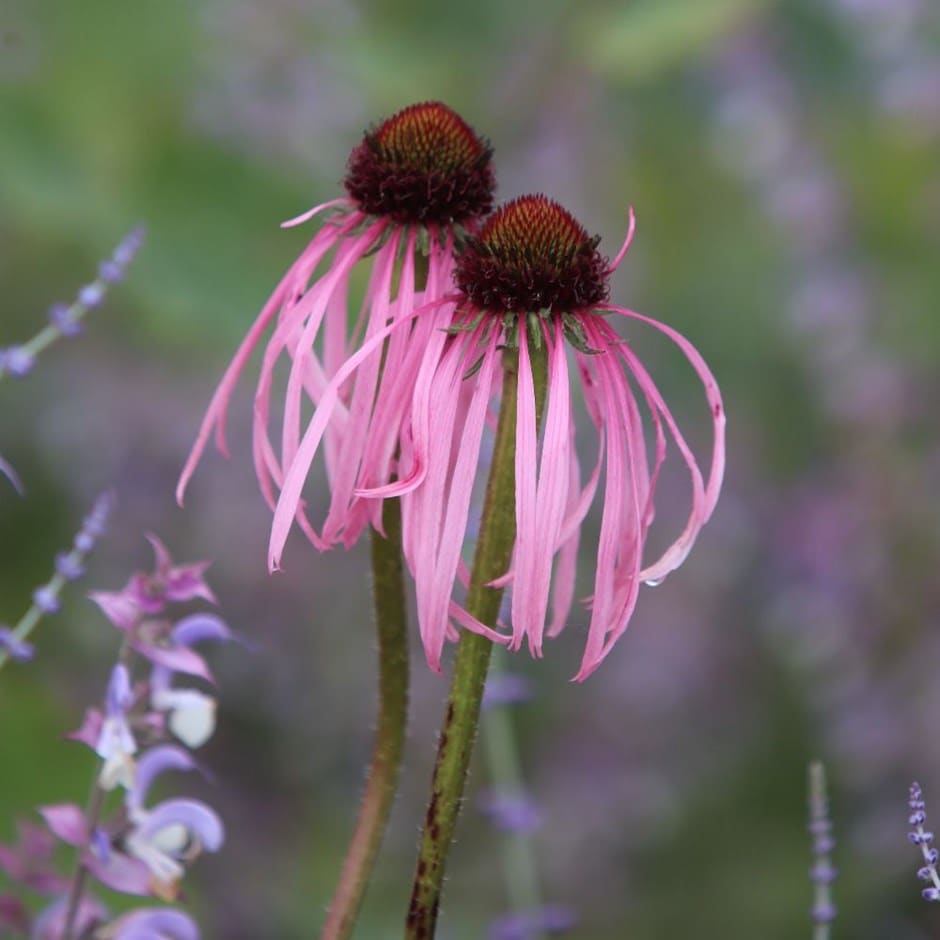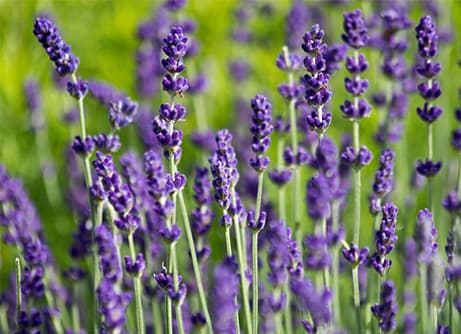
Large, pale pink, daisy-like flowers with prominent, burnt orange centres appear from July to September. This lovely coneflower grows wild in the North American prairies and glades but looks just as at home in the garden border.
The unusual, reflexed petals are much more slender than those of the more common Echinacea purpurea, making it an unusual cut flower. It's a tough plant that does not need staking, and, like other coneflowers, it is long-flowering and will cope well with adverse weather conditions, except drought.
Try it dotted through a sunny border or in bold drifts among grasses where it will extend the season of interest. Echinacea pallida is attractive to bees and butterflies, and birds will flock to the seedheads.
The unusual, reflexed petals are much more slender than those of the more common Echinacea purpurea, making it an unusual cut flower. It's a tough plant that does not need staking, and, like other coneflowers, it is long-flowering and will cope well with adverse weather conditions, except drought.
Try it dotted through a sunny border or in bold drifts among grasses where it will extend the season of interest. Echinacea pallida is attractive to bees and butterflies, and birds will flock to the seedheads.
How to care for Echinacea pallida:
Plant Echinacea directly into well-prepared borders or larger pots and containers, spacing them at 15-20cm (6-8in) intervals. Water well after planting and while they are in active growth.
The seed heads are attractive, and are a valuable food source for birds during the cooler months, so avoid cutting them back (to just above soil level) until late winter.
Over time, Echinacea will form larger clumps with more flowering stems, so they can be lifted and divided in autumn or spring to maintain vigour and flowering performance.
Plants in exposed locations will benefit from staking.
The seed heads are attractive, and are a valuable food source for birds during the cooler months, so avoid cutting them back (to just above soil level) until late winter.
Over time, Echinacea will form larger clumps with more flowering stems, so they can be lifted and divided in autumn or spring to maintain vigour and flowering performance.
Plants in exposed locations will benefit from staking.
Flowering period:
- Jan
- Feb
- Mar
- Apr
- May
- Jun
- Jul
- Aug
- Sep
- Oct
- Nov
- Dec
Eventual height:
1.25m
Eventual spread:
0.5m
Position:
Full sun
Rate of growth:
Average
Soil:
Moderately fertile, moist, well-drained soil
Hardiness:
Fully hardy
-
This perennial dies back to below ground level each year in autumn, then fresh new growth appears again in spring.









